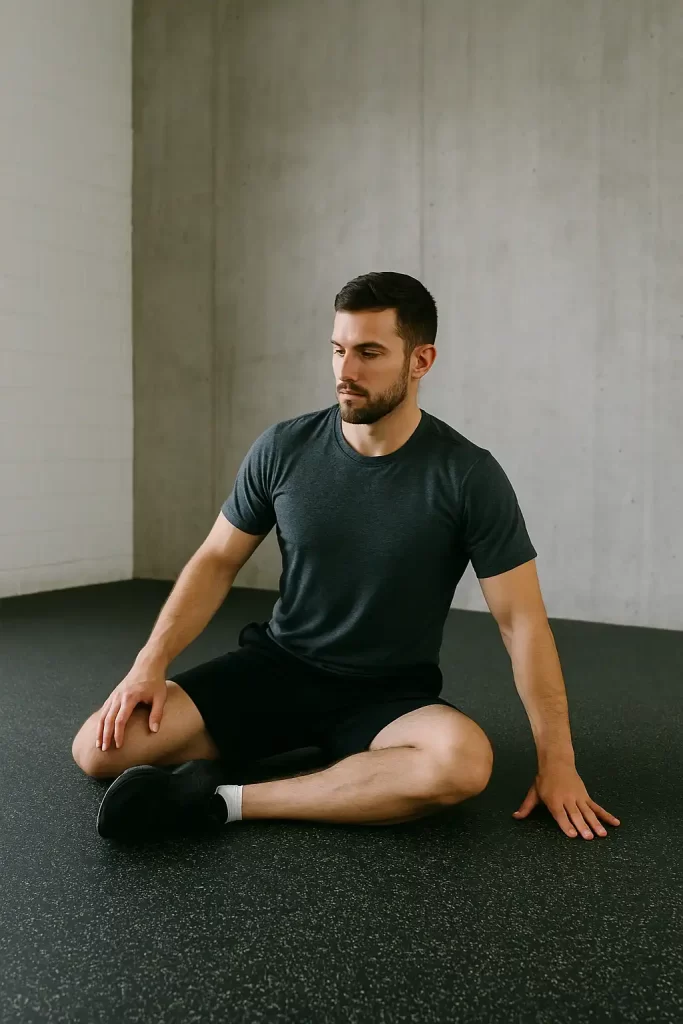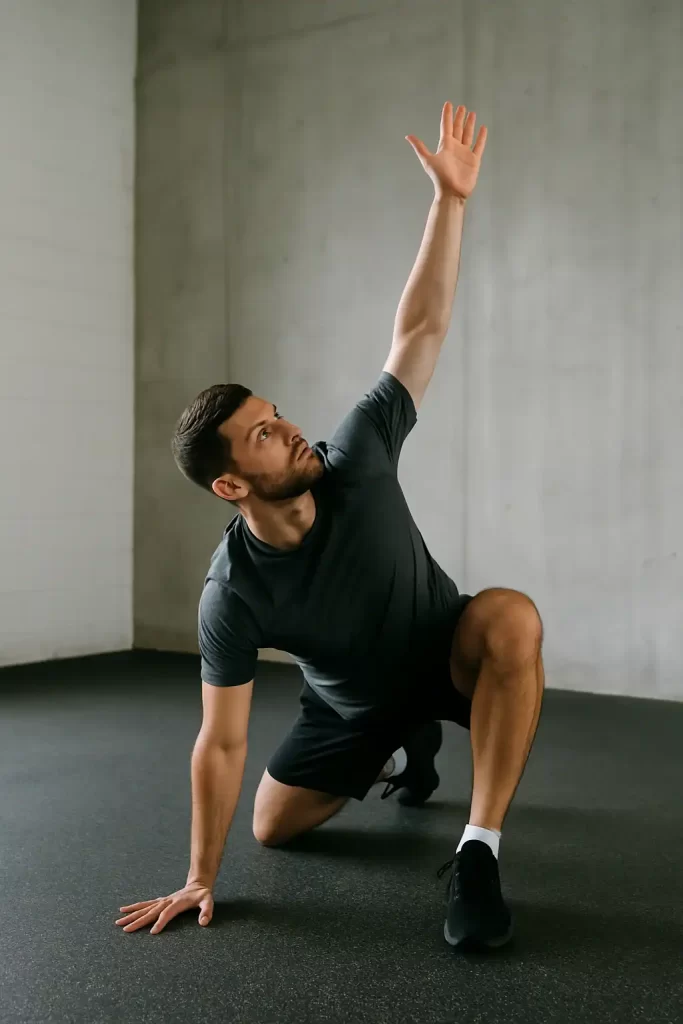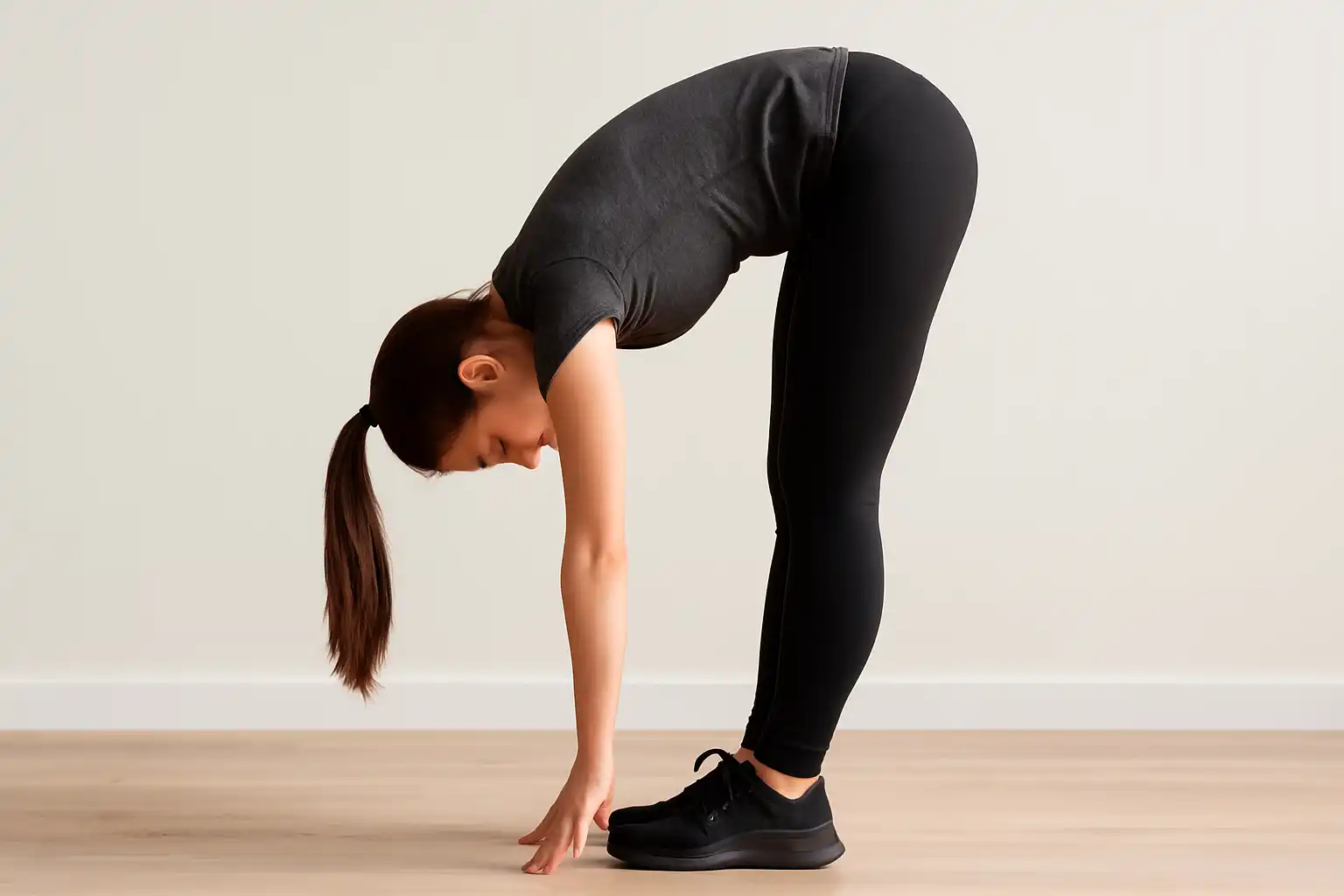Many people assume that stretching and flexibility are the same—if you can touch your toes or hold a basic stretch, you’re doing enough and you have satisfying mobility. But as your fitness progresses, tight hips, stiff shoulders, and restricted movement often reveal a deeper truth: flexibility alone isn’t enough.
Understanding the distinction between flexibility and mobility can transform your warm-ups, recovery, and overall movement quality. It’s not just about stretching farther—it’s about moving better. And that can be a game-changer for performance, injury prevention, and long-term fitness.
So… What’s the Difference?
Flexibility
This is the passive range of motion in your muscles and joints. It’s basically how far you can stretch when you’re not actively engaging anything.
Think: bending over to touch your toes.
Mobility
Mobility is your active control over a joint’s range of motion. It’s not just about how far something can move, but how well you can move it on your own, with control.
Think: how deep you can squat with good form.
So while flexibility is important, mobility is what truly helps you move better, feel better, and stay injury-free.
Why Mobility Matters More
When you start focusing on improving your mobility, you will notice changes fast—especially in workouts and day-to-day comfort. Here’s why I think mobility is just as important (if not more) than traditional stretching:
- Better form in exercises – You squat deeper, lunge with more balance, and actually use the right muscles.
- Less pain – Lower back and shoulders will feel way less tight after just a couple of weeks of adding mobility work.
- Fewer injuries – Moving with control and range will help you avoid those annoying tweaks and strains.
Mobility vs. Stretching: When to Do What
It’s not either/or—you can (and should) do both. A sensible approach will be:
Pre-Workout: Dynamic Mobility
Before exercise, focus on dynamic mobility drills to warm up joints and activate muscles. These movements prep your body for action far better than static stretching. Try:
- Leg swings (forward/side-to-side)
- Arm circles (small to large)
- Hip openers (lunges with rotation)
- Cat-cow stretches (for spinal mobility)
Post-Workout: Static Stretching
After training, static stretching helps relax and lengthen worked muscles. Hold each stretch for 20–30 seconds, focusing on tight areas like:
- Hamstrings
- Hip flexors
- Calves
- Chest & shoulders


Beginner-Friendly Mobility Moves
If you’re new to mobility work, start with these foundational drills:
- World’s Greatest Stretch – A full-body dynamic stretch
- 90/90 Hip Switches – Improves hip rotation and flexibility
- Thoracic Spine Rotations – Enhances posture and shoulder mobility
- Ankle Rocks – Essential for better squat depth
Just 5–10 minutes of mobility work before workouts can make a noticeable difference. On rest days, a 20-minute mobility session helps maintain movement quality and reduce stiffness.
Why It Matters
Mobility training isn’t just for athletes—it’s for anyone who wants to move better, prevent injuries, and feel less stiff. By incorporating both mobility and flexibility into your routine, you’ll build stronger, more controlled movement patterns over time.
Start small, stay consistent, and your body will thank you.
